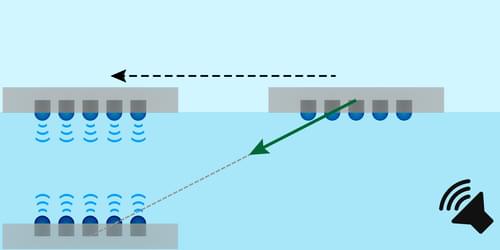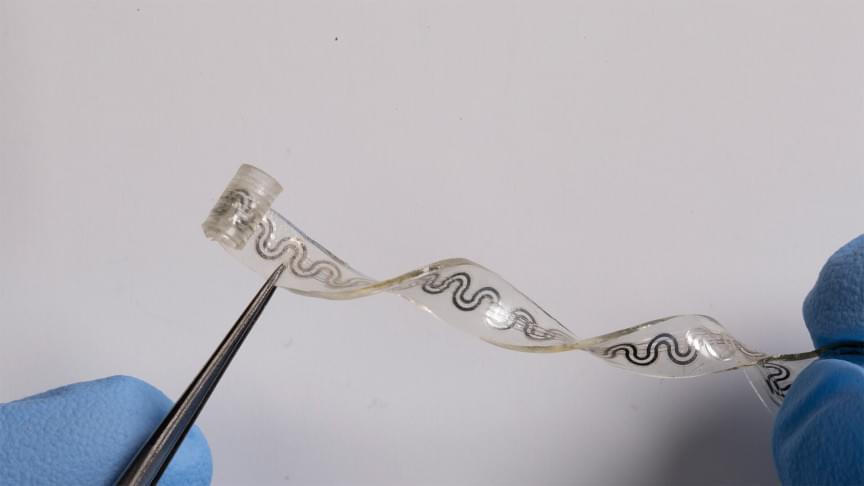What is time? Why is it so different from space? And where did it come from? Scientists are still stumped by these questions — but working harder than ever to answer them.
St. Augustine said of time, “If no one asks me, I know what it is. If I wish to explain to him who asks, I don’t know.” Time is an elusive concept: We all experience it, and yet, the challenge of defining it has tested philosophers and scientists for millennia.
It wasn’t until Albert Einstein that we developed a more sophisticated mathematical understanding of time and space that allowed physicists to probe deeper into the connections between them. In their endeavors, physicists also discovered that seeking the origin of time forces us to confront the origins of the universe itself.
What exactly is time, and how did it come into being? Did the dimension of time exist from the moment of the Big Bang, or did time emerge as the universe evolved? Recent theories about the quantum nature of gravity provide some unique and fantastic answers to these millennia-old questions.








